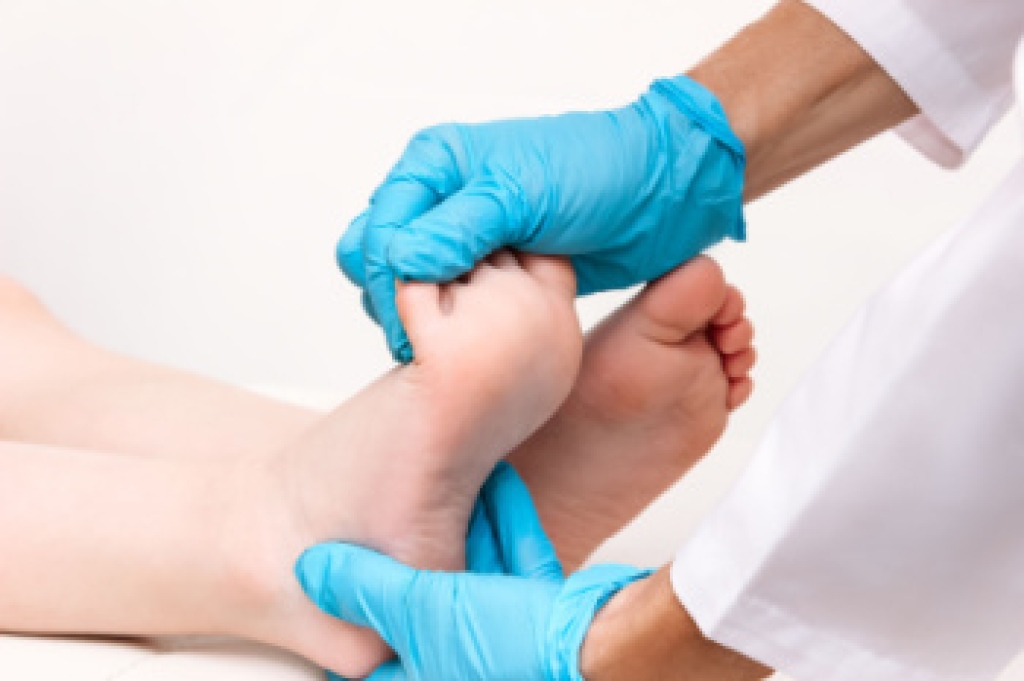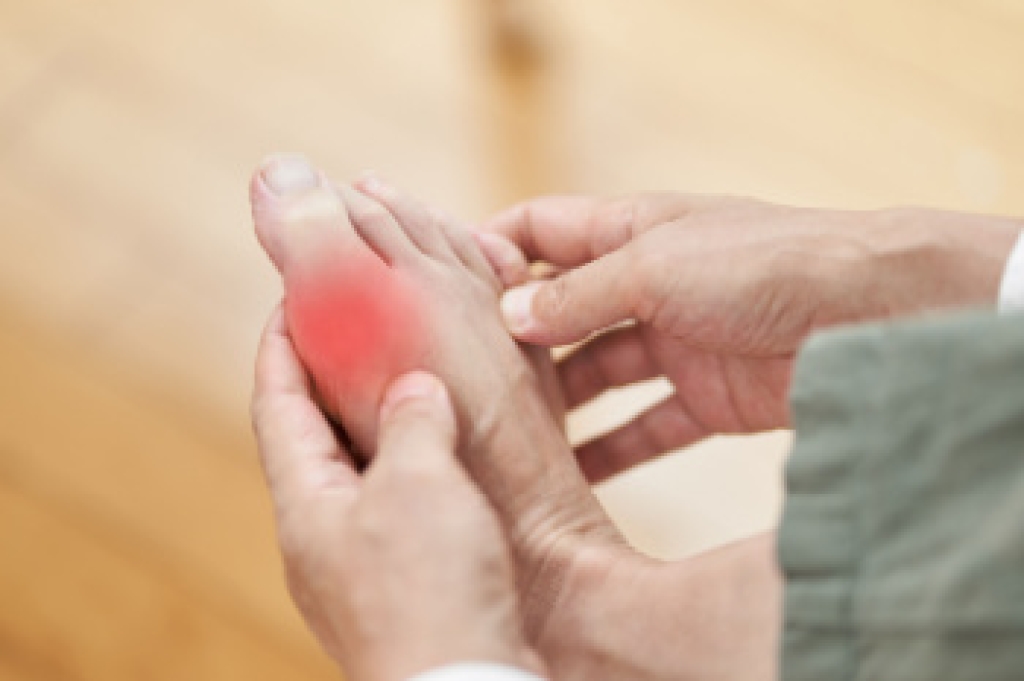
A limp in a child may appear suddenly or gradually, and while some causes are minor, others require prompt medical attention. Common reasons include minor injuries, muscle strain, or irritation from overly active play. However, more serious conditions such as infections, joint inflammation, hip disorders, or fractures must also be considered. In younger children, a condition called transient synovitis, or temporary hip inflammation, can cause limping without injury. A careful physical exam, medical history, and sometimes imaging tests are used to identify the underlying issue. Since children may not always describe their pain clearly, observing how they move and whether the limp worsens is important. Early evaluation helps ensure timely treatment and prevents complications. If your child develops a limp without a clear reason, or the limp is lasting or worsening, it is suggested you see a podiatrist for a diagnosis and appropriate treatment.
Making sure that your children maintain good foot health is very important as they grow. If you have any questions, contact one of our podiatrists of Manhattan Footcare. Our doctors can provide the care you need to keep you pain-free and on your feet.
Keeping Children's Feet Healthy
Having healthy feet during childhood can help prevent medical problems later in life, namely in the back and legs. As children grow, their feet require different types of care. Here are some things to consider...
Although babies do not walk yet, it is still very important to take care of their feet.
Avoid putting tight shoes or socks on his or her feet.
Allow the baby to stretch and kick his or her feet to feel comfortable.
As a toddler, kids are now on the move and begin to develop differently. At this age, toddlers are getting a feel for walking, so don’t be alarmed if your toddler is unsteady or ‘walks funny’.
As your child gets older, it is important to teach them how to take care of their feet.
Show them proper hygiene to prevent infections such as fungus.
Be watchful for any pain or injury.
Have all injuries checked by a doctor as soon as possible.
Comfortable, protective shoes should always be worn, especially at play.
If you have any questions please feel free to contact our offices located in Manhattan and Brooklyn, NY . We offer the newest diagnostic and treatment technologies for all your foot and ankle needs.





